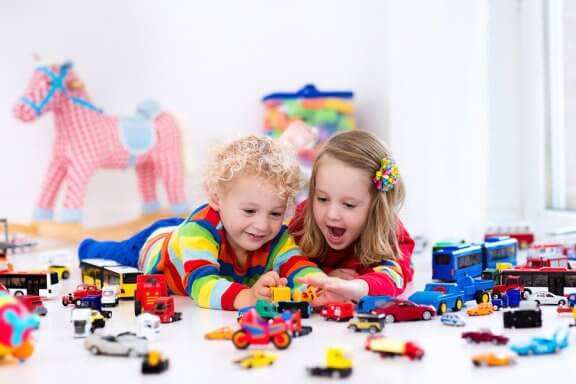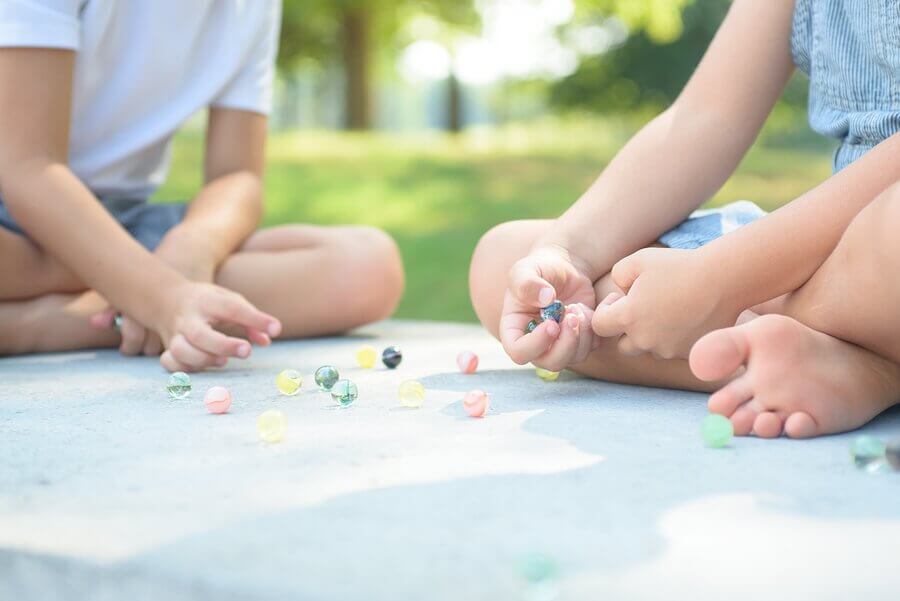4 Common Childhood Collections

Finding old collections lets you connect and travel to the past. In fact, collections have always had a special place for children and adults. Let’s take a look at some of the most common childhood collections.
You may have long forgotten those afternoons when you put the finishing touches on your collections when you were little. Or, perhaps you’ll always remember those moments as they come with beautiful memories.
Children love to collect all types of objects. In this sense, school is an ideal platform to trade and barter things.
Kids who start collecting items do so with passion and motivation. This activity isn’t only fun for them, but it also allows them to play with other children.
Collections also represent unforgettable memories for the elderly. They hold a lot of nostalgia, which brings them back to the great moments they had during childhood.
These collections can be of anything. Kids can collect toys, cards, or objects of any kind. Next, we’ll tell you the most common childhood collections. Do you remember having any?
Typical childhood collections
1. Cards
Cards are one of the most common collector’s items among kids. They could be sports cards like baseball, or animated characters like Pokémon.
The options are endless, and they motivate children. But don’t forget that you need to teach your children to buy them responsibly.
You can even make the effort to go to fairs to exchange cards. That way, kids can complete their collections. The sense of achievement kids have when completing a collection is indescribable.

2. Toys
All children love toys. Many children, the most fortunate, often have many more than they need. For example, there are little ones who love dinosaurs and want to have all the models that exist.
This is a way of collecting that starts from a very early age. It’s also an educational activity. It will allow them to learn a lot while also having fun. However, many of these toys will take a back seat when the child grows up and discovers new interests.
“People will remember their collections for their whole lives. They will never be forgotten because they come with beautiful memories.”
3. Marbles
Marbles are small glass balls that build skill and dexterity. They’re also a great way to play in a group. In fact, kids of all ages have used them for decades to play on the playground.
If a collection has two of the same marbles, kids can trade them for other kinds. Among other things, they also help teach physics and gravity.
As for the collection, you should know that there are many different ways to play with marbles. However, the most famous is a game called petanque. In this game, kids must try and get their marbles closest to one particular marble.
As you can imagine, there are hundreds of marbles on the market. They have different colors and designs. In fact, each of them is important to kids that collect them.

4. Tazos
Finally, we’ll show you one of the collections that many children have: tazos. They’re circular cards with drawings of popular animated characters. Like marbles, the game options are unlimited.
These cardboard discs offer many possibilities of play. In most cases, kids play it with two or more players. They must play the same number of tazos and put them in a pile.
Afterwards, each player hits their tazo and the one that hits it face up gets to keep them. The game ends when the stack of tazos runs out.
Don’t forget that an activity as innocent as a collection puts your child in the center of a new society. Thus, it will develop a whole network of relationships, and the child will need to decide whether or not to acquire or exchange pieces.
As parents, it’s not always easy to control children’s collections, as they often begin without our knowledge. However, accompanying them in their new activity and showing them what collecting represents is your role.